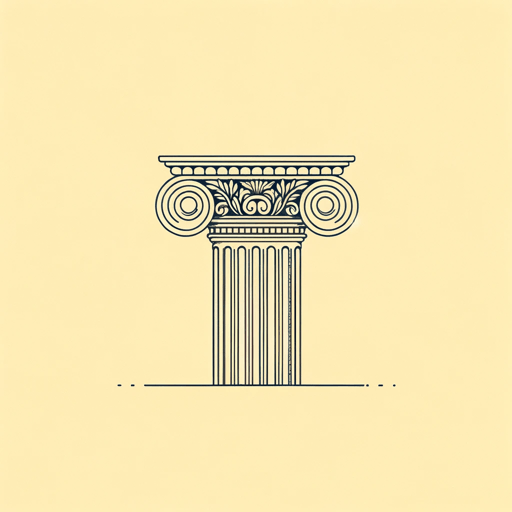42 pages • 1 hour read
John RuskinThe Stones of Venice
Nonfiction | Book | AdultA modern alternative to SparkNotes and CliffsNotes, SuperSummary offers high-quality Study Guides with detailed chapter summaries and analysis of major themes, characters, and more.
Important Quotes
“The Ducal palace of Venice contains the three elements in exactly equal proportions—the Roman, Lombard, and Arab. It is the central building of the world.”
(Book 1, Chapter 1, Page 19)
Ruskin argues that the Lombards and the Arabs both came to the artistic aid of the falling Roman Empire by reviving Roman architecture and giving it new vitality. This was shown most clearly in Venice, which became the meeting ground of the three cultures, and more particularly in the Ducal Palace, where the three styles combine in harmony. This passage reflects Ruskin’s belief in Venice as a Link for World Cultures.
“In the main, we require from buildings, as from men, two kinds of goodness: first, the doing their practical duty well: then that they be graceful and pleasing in doing it; which last is itself another form of duty.”
(Book 1, Chapter 2, Page 29)
This passage is a statement of Ruskin’s aesthetic principles for architecture, coming early in the “practical” part of the book. The principles themselves consist in a practical part and an aesthetic part, but Ruskin emphasizes that even aesthetic beauty fulfills a “duty” or necessary practical function.
“Humanity and immortality consist neither in reason, nor in love; not in the body, nor in the animation of the heart of it, nor in the thoughts and stirrings of the brain of it,—but in the dedication of them all to Him who will raise them up at the last day.”
(Book 1, Chapter 2, Page 35)
A strong spiritual dimension informs Ruskin’s aesthetics of architecture, reflecting his claim of Architecture as Reflecting Nature and Creation when it is at its best. Ruskin arrives at this discussion when considering the place of intellect in art and architecture. He concludes that what makes humanity truly human is not any individual faculty but rather the act of a human being submitting their entire being up to God (“all to Him who will raise them up at the last day”).

